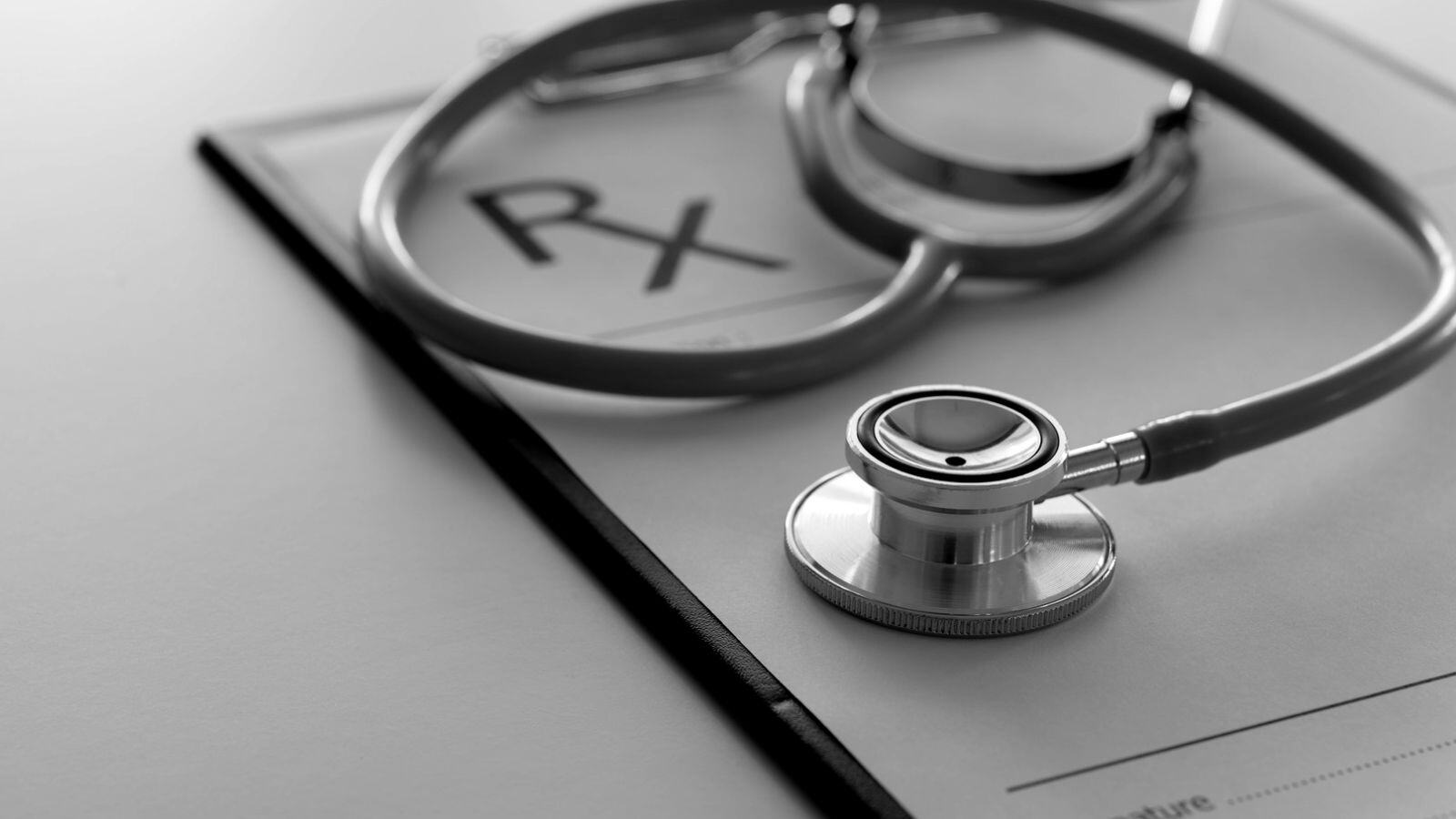As indicated on the website of the European Commission, a medical device can only be placed on the EU market if the manufacturer can show that it meets all the applicable requirements. A conformity assessment should be carried out before the product can be sold.
This means that the medical device should be demonstrated to meet all the legislative requirements, including testing, inspection, and certifications, so it ensures the confidence of consumers, public authorities, and manufacturers regarding the conformity of the product.
In practice, the manufacturer carries out the conformity assessment as described in the legislation (MDR in the case of Medical Devices) and draws up a Declaration of Conformity (DoC) containing:
- information about the product,
- the legislation according to which it is issued,
- the manufacturer or authorized representative,
- the applicable notified body,
- and a reference to the harmonized standard or other appropriate normative documents.
With the latest regulation on medical devices, REGULATION (EU) 2017/745 OF THE EUROPEAN PARLIAMENT AND OF THE COUNCIL of 5 April 2017, significant changes to the conformity assessment procedure have been introduced (Annex IX to XI), including the requirement that every medical device must include sufficient clinical evidence to demonstrate compliance.
Which conformity assessment procedure is the right one for your medical device?
Different types of conformity assessment procedures exist, and the one you need to follow depends on your medical device’s classification. Refer to Annex IX for assessments based on a quality management system and technical documentation; to Annex X for type examination assessments; and to Annex XI for product conformity testing assessments.
In exceptional cases, and upon request, manufacturers may be exempted from the conformity assessment procedure. However, this is only possible if it’s previously verified that the medical device will benefit public health and enhance patient safety and/or health.
CE approval for Class I Medical Devices
For Class I devices (except for Class Im (measuring), Class Is (sterile), and Class Ir (reusable)), the manufacturer can opt for the so-called ‘self-certification’ route. To declare conformity of the device, the manufacturer issues the EU Declaration of Conformity according to Article 19 of the MDR, after fulfilling the general obligations listed in Article 10.
The Technical Documentation should be maintained in accordance with Annexes II and III. However, Class Im, Is, and Ir devices require a limited Quality Management System (QMS) to control production (as per Annex XI, part A) or to control special characteristics (as per Annex IX, Chapters I and III). Notified Bodies are involved in assessing this QMS.
CE approval for Class II Medical Devices
Class II medical devices are further classified as Class IIa or Class IIb. Class IIb devices are categorized into implantable devices, or active devices intended to remove or administer medicinal substances, and those not included in the aforementioned categories.
Exempt from this classification are custom-made devices and investigational devices. Also exempt are sutures, braces, dental fillings, dental braces, dental crowns, screws, wedges, dental or bone plates, wires, pins, and connectors. Special requirements exist for these exempted devices.
In general, the MDR provides several options for conducting conformity assessments: either by assessing the Technical Documentation of a representative sample of the devices or by carrying out tests to confirm the conformity of the devices. The distinction is that for Class IIa devices, a Notified Body assesses at least one representative device per category, whereas for Class IIb devices, the assessment is done per generic device group.
Conformity assessment for Class IIa devices can be conducted under Annex IX, requiring a full QMS and an audit by the Notified Bodies, along with their assessment of the Technical Documentation. Alternatively, the manufacturer can opt for the assessment under Annex XI for product control, coupled with the required Technical Documentation as per Annexes II and III, and an audit by the Notified Bodies of the Production Quality Assurance to ensure the capability to produce and test the device.
For Class IIb medical devices, whether implantable or non-implantable, the routes for conformity assessment to consider are:
- Annex IX Chapter I for the QMS and Section 4 for the Technical Documentation, or
- Annex X (Assessment based on Type-Examination) and Annex XI-Part A (Production Quality Assurance), or
- Annex X (Assessment based on Type-Examination) and Annex XI-Part B (Product verification).
For Class IIb medical devices that are active and intended to administer or remove a medicinal substance, there are also three types of conformity assessments to choose from:
- Annex IX Chapter I (QMS) and Section 4 (Technical documentation for every device with expert review), or
- Annex X (Assessment based on Type-Examination) and Annex XI-Part A (Production Quality Assurance), or
- Annex X (Assessment based on Type-Examination) and Annex XI-Part B (Product verification).
CE approval for Class III Medical Devices
For Class III devices, conformity assessment will be based on quality management system assurance and assessment of the technical documentation and each file of Technical Documentation must be assessed.
For Class III devices (excluding custom-made or investigational devices), the following Conformity assessment routes may be used:
- Annex IX (Assessment based on a QMS and assessment of full Technical documentation) and an expert panel will also be required to evaluate Class III implantable devices, or
- Annex X (Assessment based on Type-Examination) and Annex XI-Part A (Production Quality Assurance), or
- Annex X (Assessment based on Type-Examination) and Annex XI-Part B (Product verification)
There are additional requirements in Annex IX for devices incorporating medicinal products, devices incorporating animal or human tissues/cells, or devices introduced into the human body through bodily orifices or applied on the skin and intended to be absorbed or locally dispersed.
CE approval for Custom-Made Medical Devices
For custom-made devices, the procedure outlined in Annex XIII (Procedure for Custom-Made Devices) must be followed, and a declaration in accordance with Section 1 of this Annex must be issued before placing the device on the market. This declaration dictates the requirements for drawing up a statement about the device and for maintaining records.
Class III implantable custom devices are required to follow the procedure in Annex IX, Chapter I (Certification of Quality Management System), with an assessment by a Notified Body, either for the Quality Management System or for the Production Quality Assurance.
The first step: the responsibilities of the Manufacturer
The manufacturer must establish a quality management system in accordance with the MDR’s requirements. This system should be documented, implemented, and effective throughout the life cycle of the medical device.
The Notified Body will then request all necessary information and data to conduct an audit of the quality management system, ensuring it meets the specified requirements. The following aspects must be documented:
- Manufacturer’s quality objectives,
- Organization of the company,
- Procedures and techniques for monitoring, verification, validation, and control of product design,
- Quality assurance and control techniques for manufacturing, and
- Testing procedures before, during, and after manufacturing.
Furthermore, the manufacturer must also provide the technical documentation. If other standards are applied by the manufacturer, conformity with these standards will also be assessed. If the audit is successfully passed, an EU Quality Management Certificate is issued by the Notified Body.
The next step: the Responsibilities of the Notified Body
A surveillance assessment is carried out for Class IIa, IIb, and III products (including Im, Is, Ir categories). The Notified Body will perform regular audits and assessments (usually annually, as well as unannounced at least once every 5 years) to ensure that the manufacturer continues to apply the previously approved Quality Management (QM) system and additionally implements the post-market surveillance plan. For Class IIa and IIb devices, the surveillance assessment also includes an evaluation of the technical documentation.
The certificate of conformity issued by the Notified Bodies is valid for a maximum of 5 years. This certificate can be extended upon the manufacturer’s application, accompanied by a reassessment. Under MDR, the CE mark Certificates are required to be registered in EUDAMED (the European Electronic Database on Medical Devices).
What about clinical evaluation and the different classes of devices?
The proof of compliance with the General Safety and Performance Requirements for each medical device is under increased scrutiny. Since the implementation of the MDR (Medical Device Regulation), a more detailed and structured process has been mandated, dictating the need for sufficient clinical evidence for all medical devices, regardless of their classification.
Clinical Evaluation is an integral part of the Technical Documentation. The general requirements for the clinical evaluation process are outlined in paragraph 3 of Article 61. This process is a defined and methodologically sound procedure that must include:
- A critical evaluation of the relevant scientific literature,
- A critical evaluation of the results of all available clinical investigations, and
- Consideration of currently available alternative treatment options.
As per paragraph 1 of Part A of Annex XIV, there should be a Clinical Evaluation Plan, implying a planning stage. This includes a stage of identifying relevant clinical data (Stage 1), a stage of appraising the data (Stage 2), and, depending on the appraisal’s outcome, potentially generating new data through clinical investigations. A stage of analyzing the data (Stage 3) follows. Finally, as per paragraph 4, the process and outcome must be documented in a Clinical Evaluation Report, signifying a reporting stage (Stage 4).
This process can follow the guidelines of MEDDEV 2.7/1 rev4 until specific guidance on Clinical Evaluations is issued by the MDCG (Medical Device Coordination Group). Note that no exemptions are made based on the device’s classification, indicating that all types of medical devices are required to undergo the same process for clinical evaluation. This involves a state-of-the-art literature review and the formulation of a clinical evaluation plan and report.
Need assistance with CE approval for your Medical Device?
The conformity assessment procedure, with its various variants and requirements under MDR, can seem daunting. In the table below (click to enlarge), we have summarized all requirements in a concise manner, categorized by device classification.







.png?width=109&height=108&name=Pharma%20(2).png)
.png?width=111&height=108&name=Medical%20Devices%20(2).png)
.png?width=84&height=107&name=IVD%20(2).png)












.jpg)



